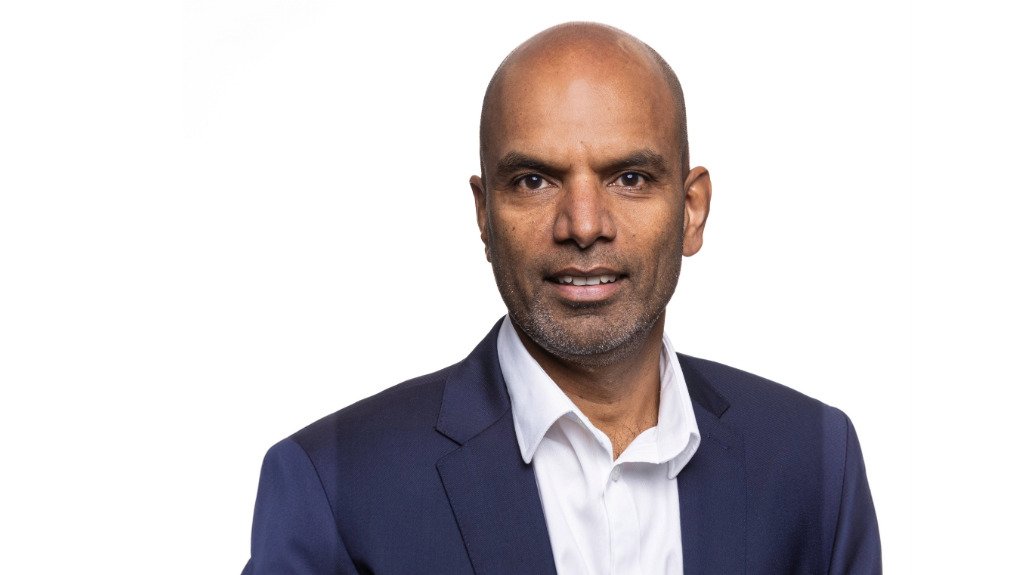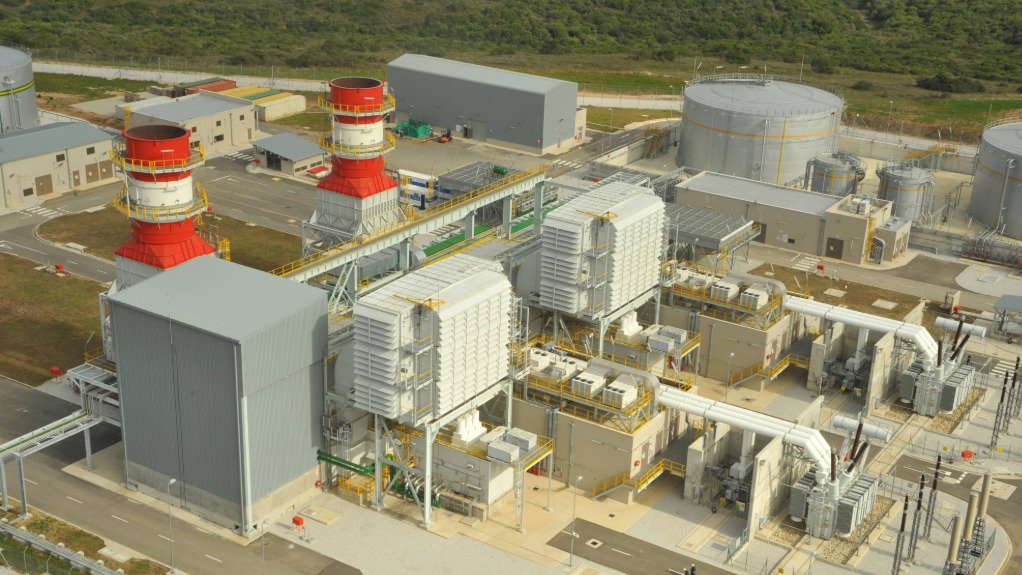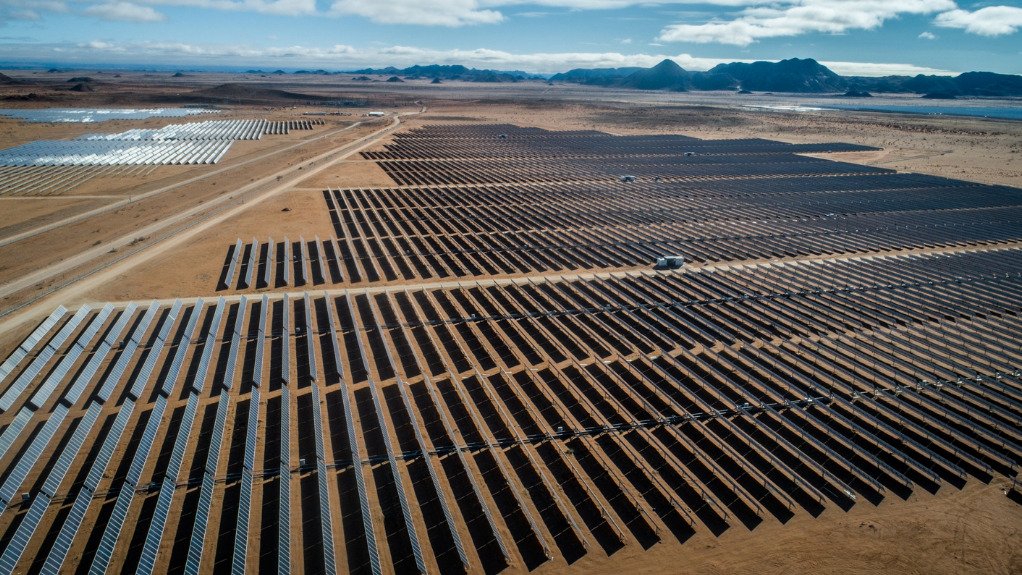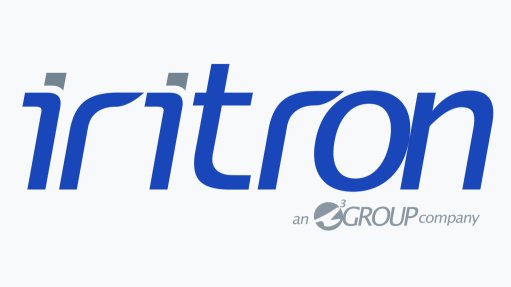Fast-growing ENGIE South Africa will consider grid investments under right conditions




ENGIE South Africa CEO Mohamed Hoosen
ENGIE South Africa believes there is a compelling case for converting its diesel-fired peaking stations, including the 335 MW Dedisa plant pictured, to gas as part of initial gas-to-power bidding round
The acquisition in December of BTE Renewables has added assets such as the Konkoonsie II solar plant pictured, as well as a 3 GW portfolio of advanced projects.
Global independent power company ENGIE, which is prioritising the South African electricity market for significant organic and acquisitive growth, is also open to participating in grid investments should government move to open the market to private sector participation.
ENGIE South Africa CEO Mohamed Hoosen tells Engineering News that the bigger group already has significant transmission grid assets globally and has also participated in build, own, operate and transfer projects.
South Africa’s Electricity Minister, Kgosientsho Ramokgopa, has reported that government is considering various financing and private sector participation models to support an acceleration in the building of grid infrastructure, which has emerged as a key constraint to the connection of new renewables in the Eastern, Northern and Western Cape provinces.
The Minister was recently given responsibility for ensuring that matters concerning “transmission are dealt with, including the issuing of the requests for proposals”, as well as “developing and agreeing on financing models and options for transmission together with National Treasury and the Presidency”.
Cabinet is expected to consider a strategy for unlocking private finance and capacity early in 2024, with Ramokgopa having already indicated that he believes Eskom’s Transmission Development Plan (TDP), which currently aims to add 14 000 km of new powerlines by 2032, should be accelerated.
He has also indicated a need to bring forward some of the TDP investments, with the current plan having earmarked the lion’s share of the roll-out only for the period after 2028.
Hoosen reports that a portion of ENGIE South Africa’s 4 GW renewables pipeline, which has been enlarged following the acquisition in December of BTE Renewables, and its 3 GW portfolio of advanced projects, are in grid-constrained areas and that its growth ambitions could, thus, be enhanced by new and accelerated grid investment.
However, for ENGIE South Africa to participate Hoosen says government’s private sector participation policy would have to be certain, while the actual deployment model would also have to be supportive and consistent.
“What is important is to be very clear about the model from the start, as challenges arise when there is uncertainty on the policy or when changes are introduced during implementation,” Hoosen says.
PROJECT CONSTRUCTION & NEW BIDS
The company’s immediate focus, however, is on the construction of projects awarded under Bid Window Five (BW5) of South Africa’s renewables procurement programme and the risk mitigation scheme, as well as bedding down the BTE Renewables acquisition. This, while simultaneously preparing bids for the procurement programmes launched for wind and solar, battery storage and gas-to-power (GTP).
ENGIE South Africa is particularly interested to learn whether brownfield conversions and expansions will be considered under the recently launched 2 000 MW GTP bid window, given its position in the existing 670 MW Avon and 335 MW Dedisa diesel-fired peaking stations – assets secured by the then GDF Suez group, now ENGIE, during South Africa’s first-ever independent power producer procurement programme.
Hoosen believes a conversion of the plants to operate using gas (and at a mid-merit-type profile, rather than their current peaking profile) represents a compelling case, from both a cost and speed to deploy perspective. But the group is also assessing greenfield opportunities, including facilities that could integrate with the common gas infrastructure being envisaged for locations such as Richards Bay and Coega.
Hoosen says coordination across multiple developments and across multiple project sponsors could prove challenging, however, particularly given that there would be a firm date for commercial operation of the GTP facility. That said, the benefits of shared infrastructure could also be material.
ENGIE South Africa will also participate in BW7 of the renewables programme, under which the Department of Mineral Resources and Energy is seeking bids for 3 200 MW of wind and 1 800 MW of solar photovoltaic (PV) by April 31.
The programme is the first since the partial failure of BW6, when preferred bidders for only 1 000 MW of solar PV were eventually announced, after Eskom indicated that the grid capacity used by wind developers to bid for a 3 200 MW allocation was said to have been absorbed.
Grid issues will remain a key feature of BW7, despite Eskom’s stated intention of allowing for up to 10% curtailment, which could unlock some capacity on areas of the grid hitherto described as being at capacity.
In parallel, ENGIE South Africa has initiated construction on two large-scale solar PV projects, which were awarded under BW5 and which reached financial close in December.
The projects are the 75 MW apiece Grootspruit PV and Graspan Solar PV facilities, to be constructed by ENGIE South Africa and Pele Green Energy in the Free State and Northern Cape provinces respectively.
Both projects are expected to be commissioned by the end of 2025.
Likewise, ENGIE South Africa is assessing its participation in the second battery storage procurement round, for 615 MW/2 460 MWh.
The company already has some battery experience through its participation with G7 Renewable Energies in the 128 MW dispatchable OYA Hybrid project - a co-located facility between the towns of Ceres and Sutherland comprising 86.4 MW wind energy, 155 MW solar PV, and 94 MW/242 MWh lithium/iron/phosphate battery storage.
The integrated project, which reached legal close in November and is expected to achieve financial close within weeks, will supply electricity constantly between 5:00 in the morning and 21:30 and was one of the few projects awarded under the risk mitigation round to advance to construction.
On January 5, Eskom announced the expiry of five grid-connection budget quotes for four risk-mitigation projects, including three powership projects and a hybrid project.
Besides the public procurement processes, ENGIE South Africa is also considering greater participation in the evolving market for corporate power purchase agreements, which has grown significantly in recent years following government decision to allow such projects, including ones wheeling electricity through the grid, to proceed without a licence.
“We have previously focused primarily on public procurement, but we believe there are also opportunities arising outside of these programmes and that this will continue as South Africa reforms its electricity supply industry and unbundles Eskom,” Hoosen tells Engineering News.
He reports that the South African market has, thus, been identified as a priority growth market for the larger group, which has provided the local unit with the flexibility to pursue both organic and inorganic growth prospects.
Should ENGIE South Africa expand to a scale that requires it to seek alternative sources of finance, Hoosen reports that the group could even consider a domestic listing, as has been done in Brazil.
“For now, though, we are concentrating on operating and maintaining our existing assets, delivering our new projects, securing more project allocations and proving that we are able to deliver value from our recent BTE Renewables acquisition.
“Only once we achieve a certain scale could we even consider an initial public offering.”
Article Enquiry
Email Article
Save Article
Feedback
To advertise email advertising@creamermedia.co.za or click here
Comments
Press Office
Announcements
What's On
Subscribe to improve your user experience...
Option 1 (equivalent of R125 a month):
Receive a weekly copy of Creamer Media's Engineering News & Mining Weekly magazine
(print copy for those in South Africa and e-magazine for those outside of South Africa)
Receive daily email newsletters
Access to full search results
Access archive of magazine back copies
Access to Projects in Progress
Access to ONE Research Report of your choice in PDF format
Option 2 (equivalent of R375 a month):
All benefits from Option 1
PLUS
Access to Creamer Media's Research Channel Africa for ALL Research Reports, in PDF format, on various industrial and mining sectors
including Electricity; Water; Energy Transition; Hydrogen; Roads, Rail and Ports; Coal; Gold; Platinum; Battery Metals; etc.
Already a subscriber?
Forgotten your password?
Receive weekly copy of Creamer Media's Engineering News & Mining Weekly magazine (print copy for those in South Africa and e-magazine for those outside of South Africa)
➕
Recieve daily email newsletters
➕
Access to full search results
➕
Access archive of magazine back copies
➕
Access to Projects in Progress
➕
Access to ONE Research Report of your choice in PDF format
RESEARCH CHANNEL AFRICA
R4500 (equivalent of R375 a month)
SUBSCRIBEAll benefits from Option 1
➕
Access to Creamer Media's Research Channel Africa for ALL Research Reports on various industrial and mining sectors, in PDF format, including on:
Electricity
➕
Water
➕
Energy Transition
➕
Hydrogen
➕
Roads, Rail and Ports
➕
Coal
➕
Gold
➕
Platinum
➕
Battery Metals
➕
etc.
Receive all benefits from Option 1 or Option 2 delivered to numerous people at your company
➕
Multiple User names and Passwords for simultaneous log-ins
➕
Intranet integration access to all in your organisation

















